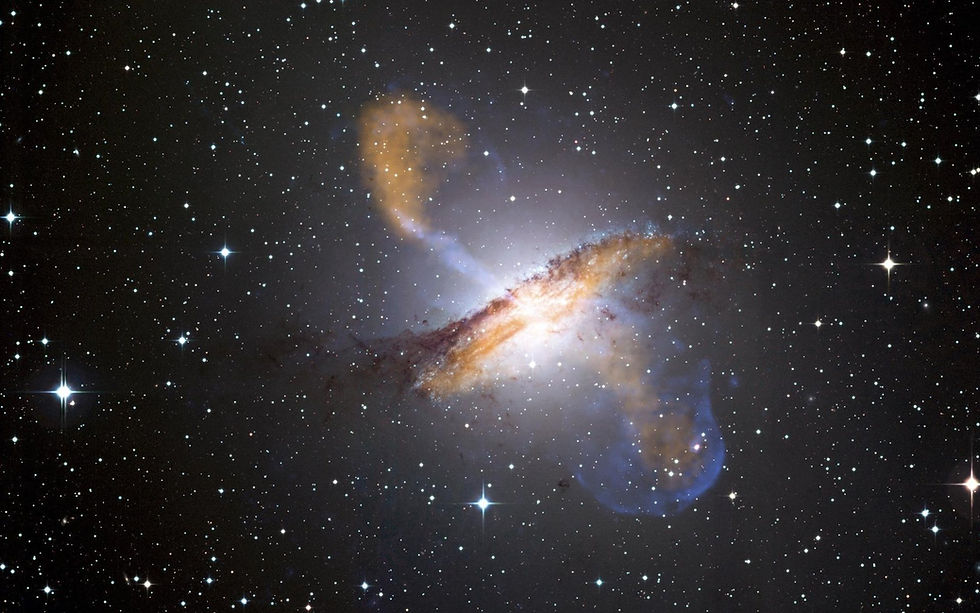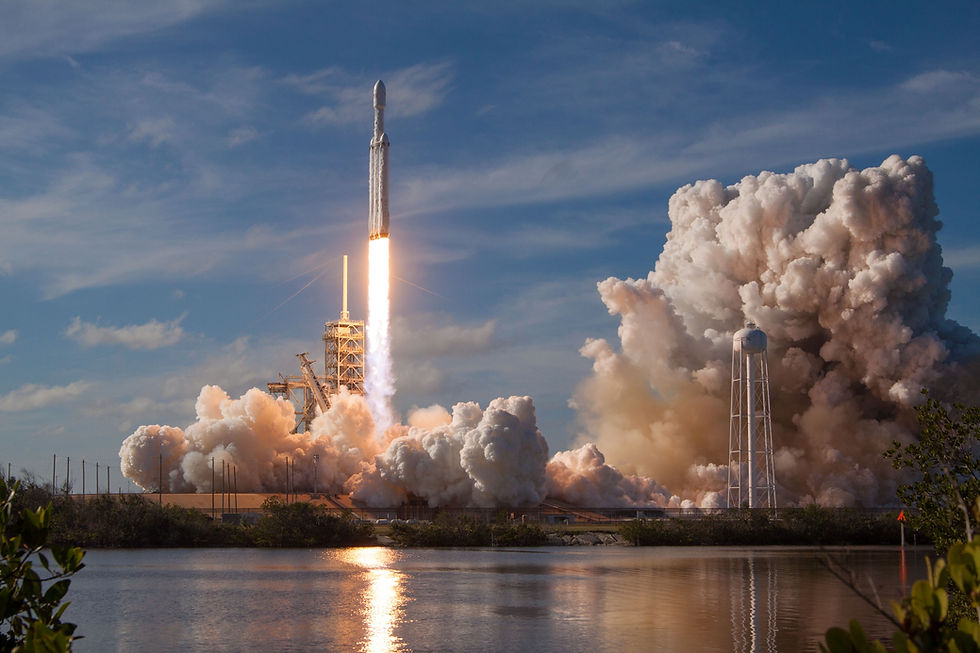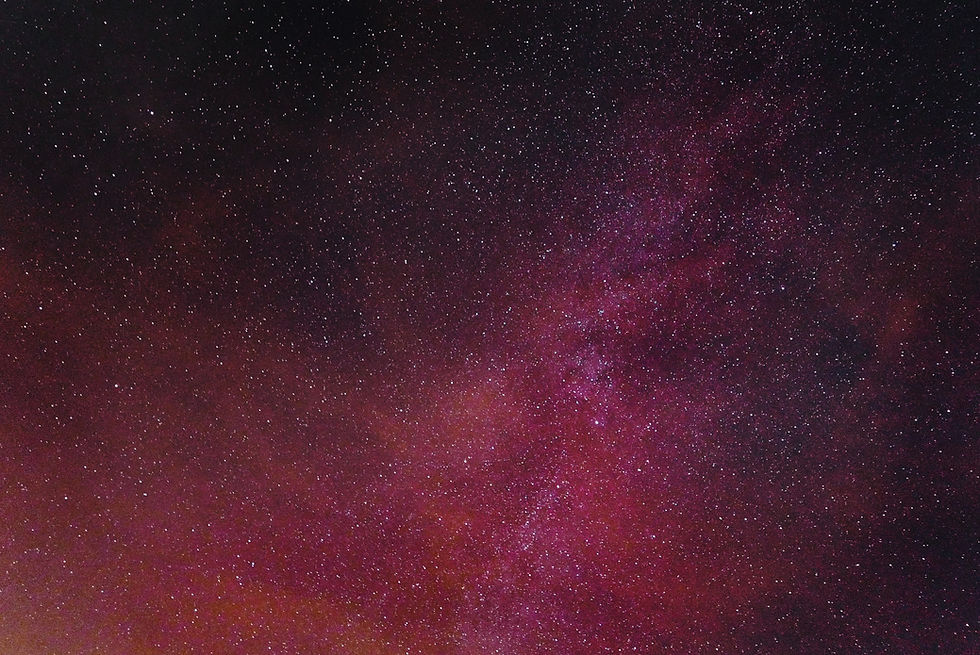We all know that humanity was born on Earth and that space is considered the new frontier of exploration, but just how far have we come? How many milestones have we achieved? What is the future of space exploration and when can we expect it? These questions will hopefully be answered today to your satisfaction.

The first ever person to officially enter space was the Russian cosmonaut Yuri Gagarin. He took off on April 12,1961 to become the first person to enter space. Using the Vostok 1, Gagarin completed a full orbit around Earth and landed safely back on Earth. Sadly, he lost his life in a tragic plane crash at the age of 34 in March 1968.
As these events occurred in the Cold War Space Race, America was quick to respond with the flight of the Freedom 7 which was piloted by Alan Shepard. His space flight lasted 15 minutes and covered a distance of 115 miles. Thus began the space race which led to many marvelous space feats that lay the foundation for today’s space missions.

The first ever spacewalk was performed by Alexey Leonov who ventured into the cold abyssal void of space for 12 minutes, becoming the first person to spacewalk. On March 18, 1965, Leonov was the first human to step into space and live to tell the tale. His achievement was met by Edward White a few months later with the launch of the Gemini IV.
The next milestone brings us to December 21st,1968 when the Apollo 8 was launched and accomplished. This incredible feat of orbiting the Earth used its gravity to propel itself to the moon. This was also the first time Earth had been photographed from a different perspective, showing us the blue marble that we call home. Apollo 8 reached the moon’s orbit on December 24th and took stunning pictures of Earth from the orbit of the moon.
This next milestone may be the greatest of them all and if it isn’t then it is certainly the most memorable, July 20th,1969 marked a day that would never be forgotten. The first time humanity had planted their feet on another celestial body. The Apollo 11 mission carried Neil Armstrong and Buzz Aldrin to the moon where at precisely 4:18 pm ET the Apollo 11 module, touched the surface of the moon. A short while later, we heard the words “one small step for man, one giant leap for mankind” for the first time. It truly is a sublime feat, a celestial being 200,000 miles away hovering in the sky to cast its glow on the earth. To think that somebody has really been up there makes me believe that anything is possible.

The Apollo 11 mission was one of the greatest feats of space exploration, but there’s more. The first space station was built by the Soviet Union and was launched on April 19, 1971. It was named the Salyut 1. Salyut 1 was 66 feet long and 13 feet across, The Soyuz 11 spacecraft entered the space station on June 7th after the previous spacecraft had docking problems. The Soyuz 11 crew stayed on board the Salyut 1 until June 29th but on their descent to earth their re-entry vessel depressurized and they lost their lives. The Salyut 1 was decommissioned and sent back to Earth on October 11 of the same year. Space stations have become more refined after this incident and the Salyut 1 served as the first predecessor of the ISS.
Twenty years after Yuri Gagarin entered orbit, the first reusable spacecraft was launched on April 12, 1981. The NASA space agency called this ship the Columbia and because the spacecraft was reusable it went on 133 missions over the next 30 years. Of the 133 missions that it embarked on, two of them resulted in failure and the loss of both the crew and shuttle.
Those milestones mark the beginning of space exploration and in recent years a new kind of space exploration has arrived, Space Tourism and futuristic spacecraft. In April 2001 Dennis Tito became the first space tourist after paying $20 million dollars to board the ISS. This conveyed that space travel is available to citizens for the right price of course. In 2004 the SpaceshipOne was launched and traveled far enough to reach suborbital heights. This craft was built by the aerospace engineer Burt Rutan and over the years has evolved into the SpaceShipTwo which is available to the public for space excursions.
As an honorary mention, I would like to include the launch of ISRO’s Mars Orbiter Mission which only cost 450 crore rupees compared to the launch of NASA’s MAVEN which cost over 4000 crore rupees. One crore is equivalent to about $120,000 and for ISRO to launch a successful mission for a tenth of the price compared to NASA is another incredible space achievement.
Discussing the past events of space achievements is wonderful, but what about the future? Of the many space agencies both government and private have ambitious plans for the future and we are looking forward to them. Humans have only touched the moon's surface once before. NASA and ESA are leading a joint operation to bring people to the moon again with the Artemis mission. SpaceX also has an operation planned to send tourists to orbit the moon and return. All in all, the future's looking bright. NASA and SpaceX already have goals to visit the red planet, Mars, by 2030 and even more. When we reflect on past achievements we can see how far we have come, but that does not mean that our journey is over. There are many other space missions and achievements that humanity has yet to achieve, personally, I can’t wait for them.
These events are the major space achievements made by the world and I hope this article answered any questions you may have had.

Courtesy to Space.com, National Schools’ Observatory, Scroll.in
The source of the information is from these three websites.

Comments